- Newest
- Most viewed
Interested in a Link Placement?

10x12 Office Shed: The Perfect Backyard Workspace for Productivity
Transform your 10x12 office shed into the ultimate backyard workspace. Explore costs, setup tips, and top 10x12 backyard office models for a productive and stylish home office.
Workplace Inspiration | Mar 5, 2025 1,096 views

Best St. Patrick’s Day Office Gifts to Bring Luck and Cheer to the Workplace
Latest Updates | Mar 6, 2025 332 views
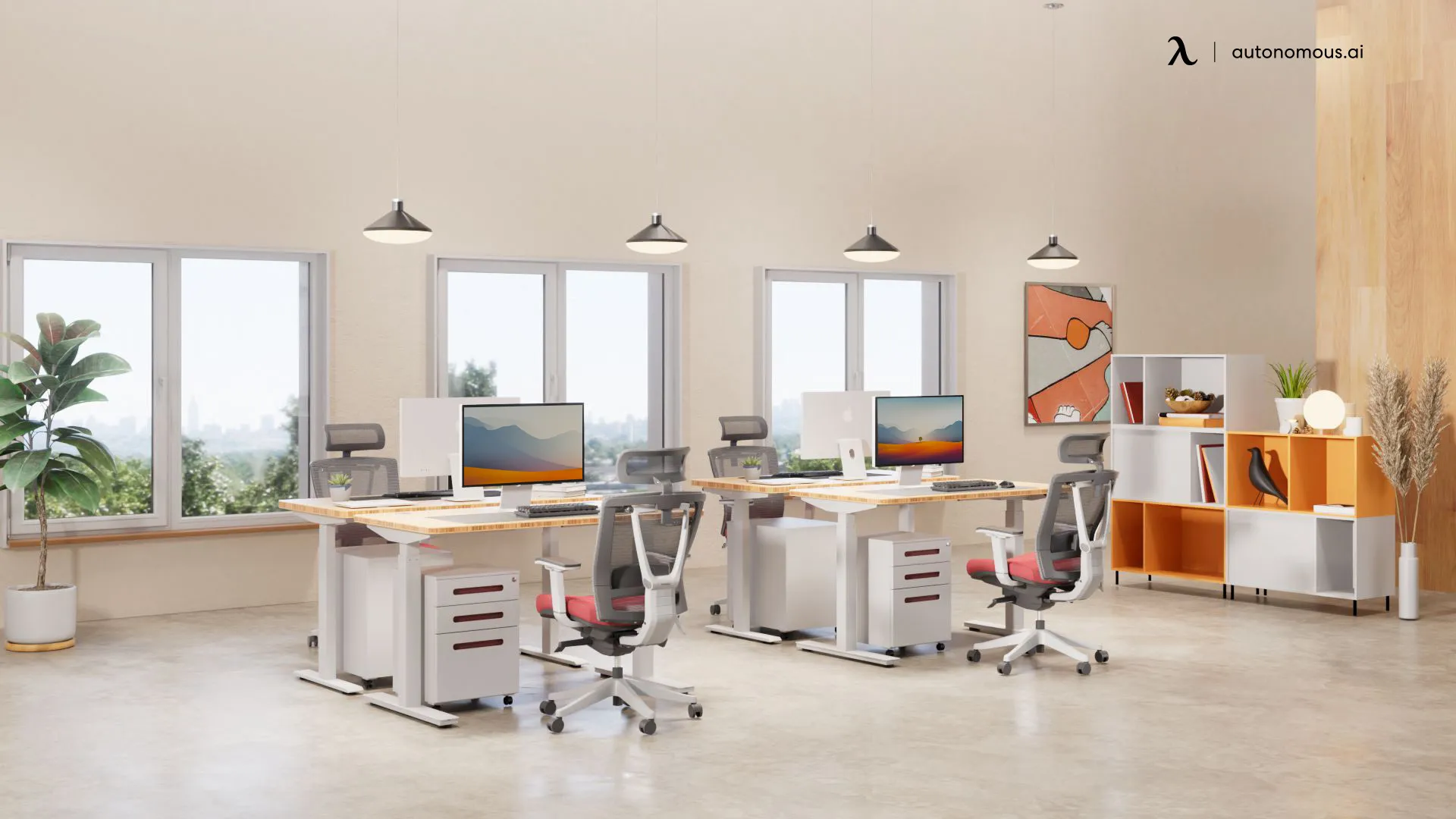
St. Patrick’s Day Office Furniture Sale 2025
Latest Updates | Mar 4, 2025 450 views
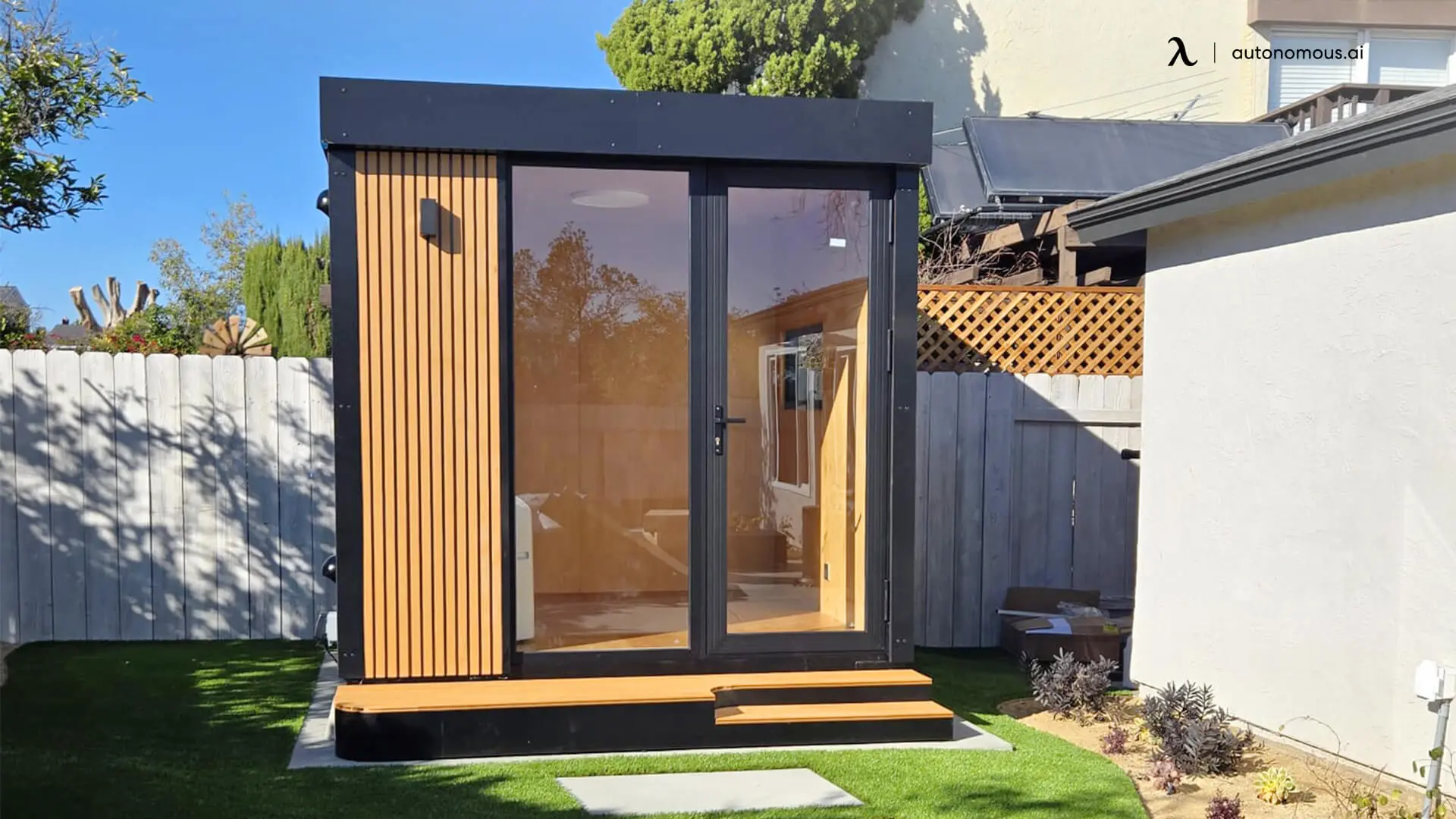
Prefab ADU in Virginia: Regulations & Smart Alternatives
Smart Products | Feb 27, 2025 1,325 views
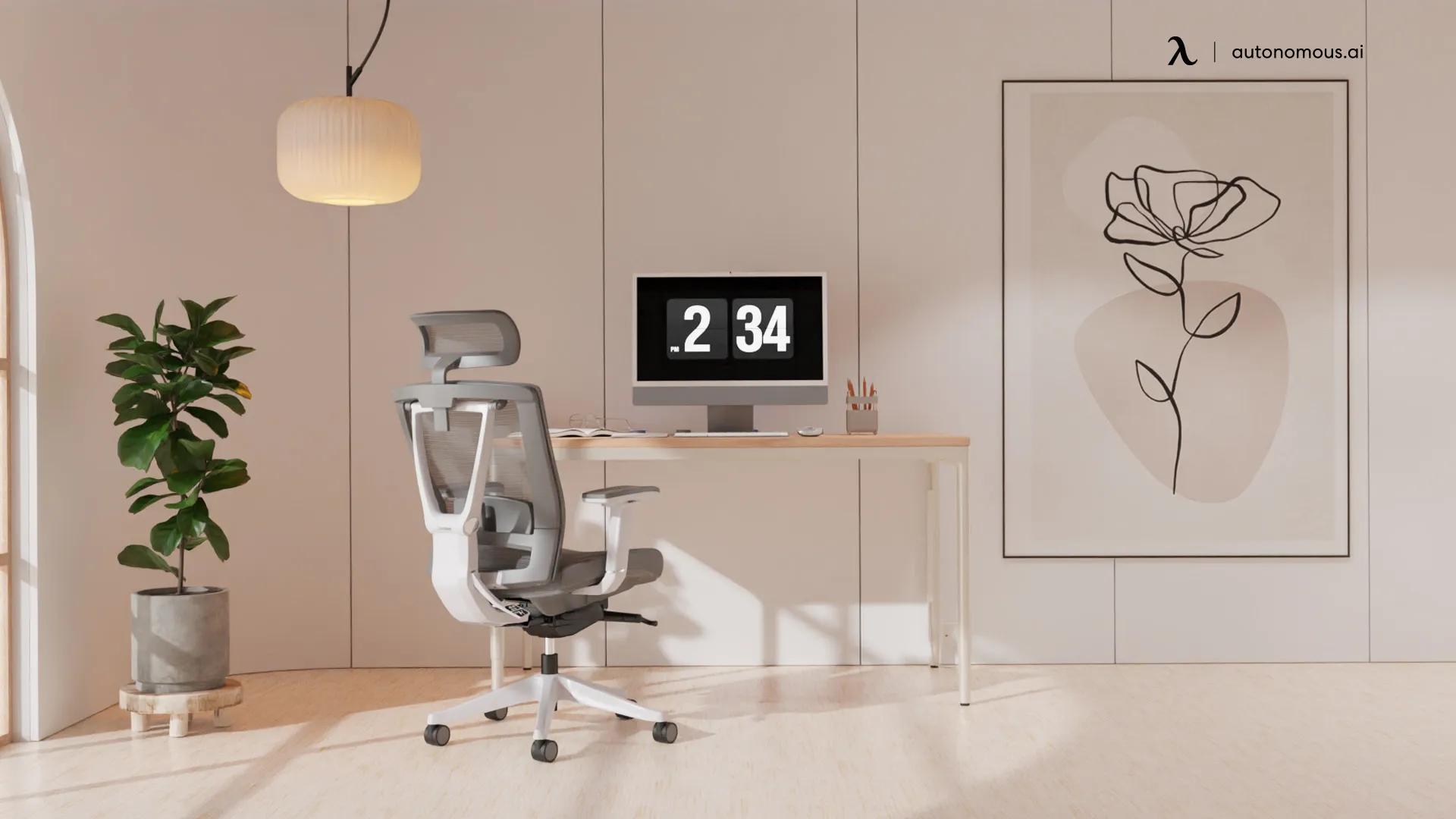
Best Coworking Spaces in Dallas for Remote Workers
Remote Working | Feb 26, 2025 1,301 views
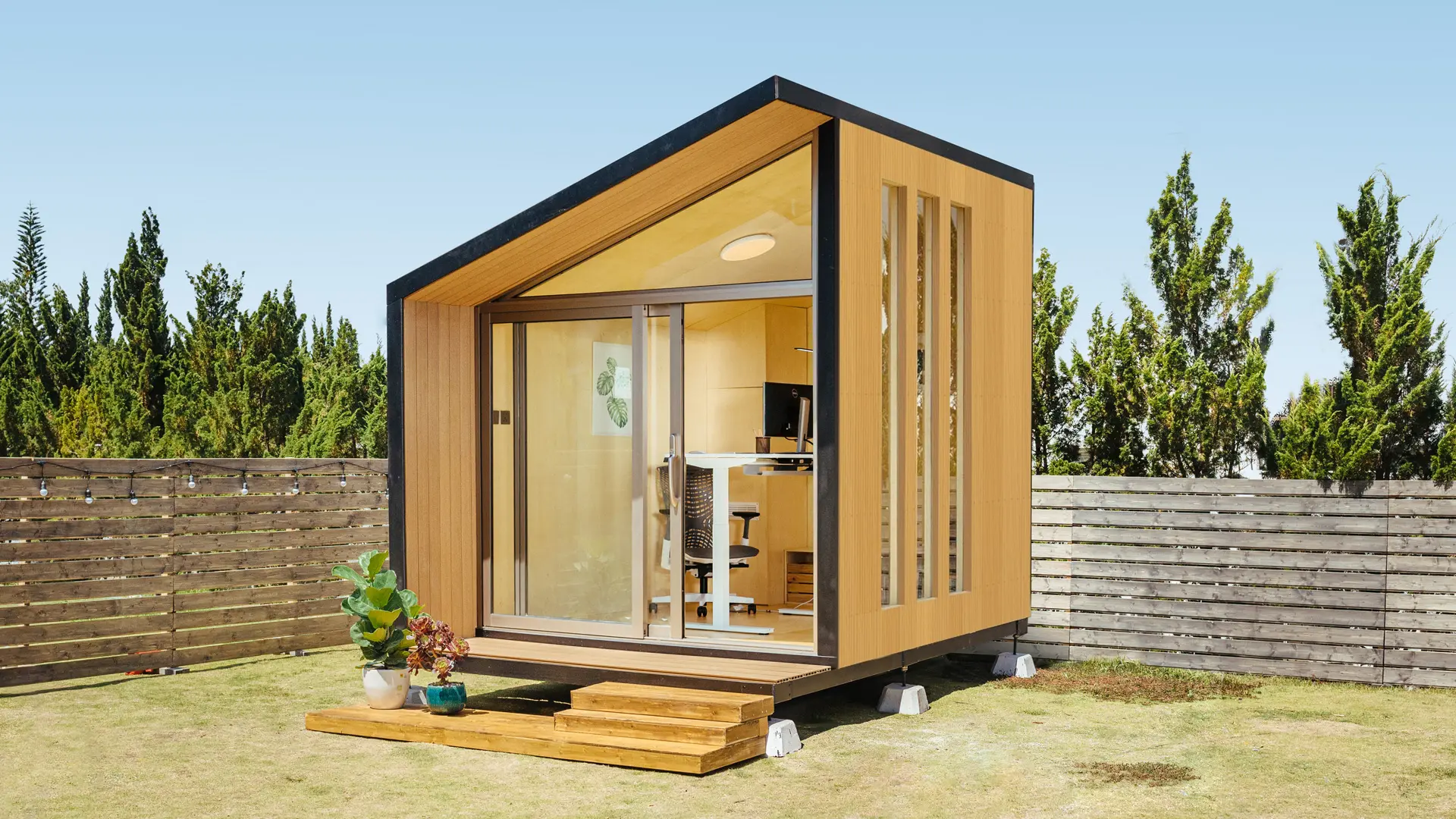
ADU Tax Deductions in California
Workplace Inspiration | Feb 25, 2025 1,320 views
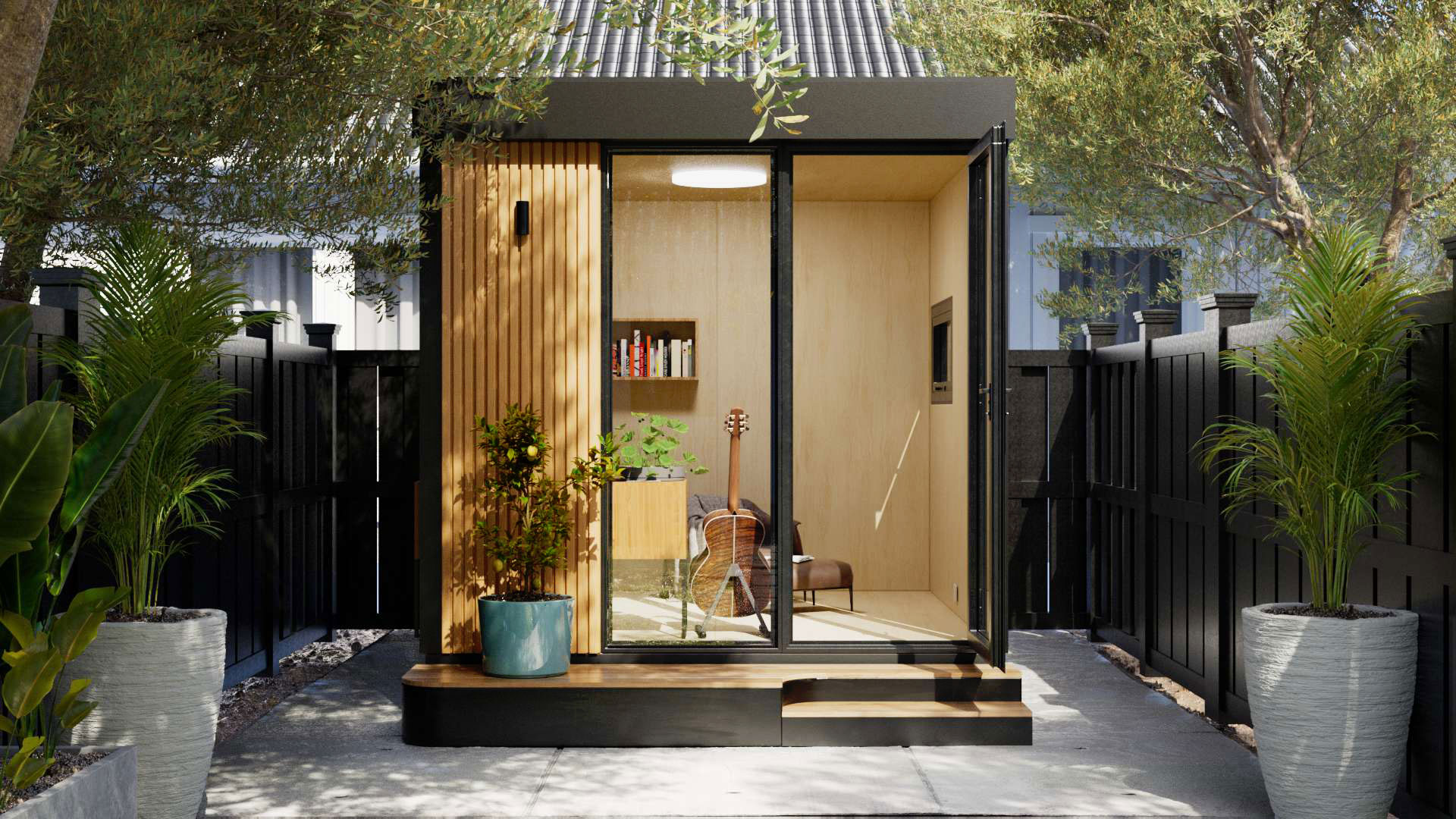
Legalizing Unpermitted ADUs in California & WorkPod Solutions
Workplace Inspiration | Feb 24, 2025 1,202 views
.webp)
How to Build a Coworking Space with Gym
Workplace Inspiration | Feb 20, 2025 944 views
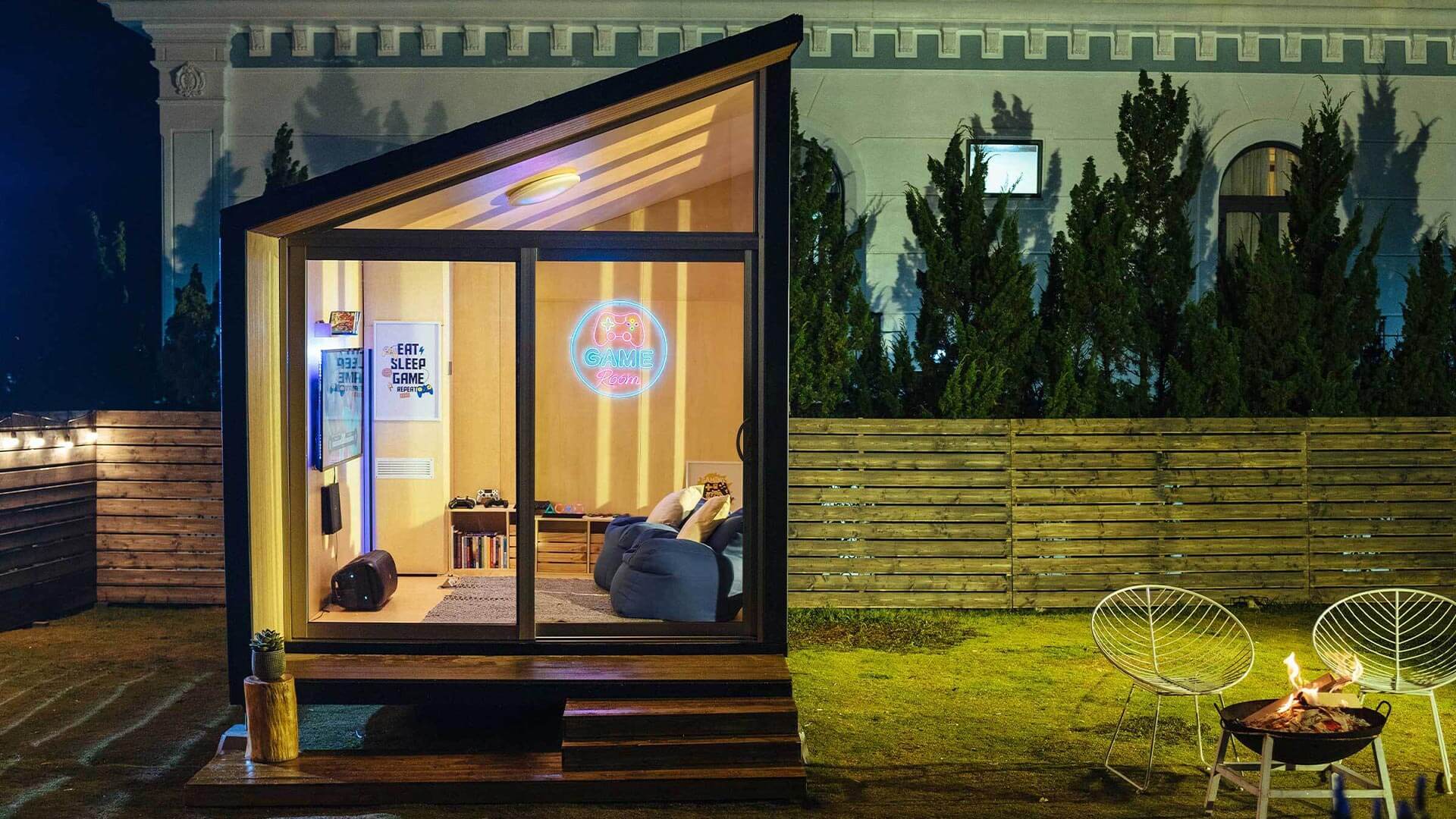
King County ADU Regulations: Requirements, Costs & Setbacks
Workplace Inspiration | Feb 20, 2025 1,967 views
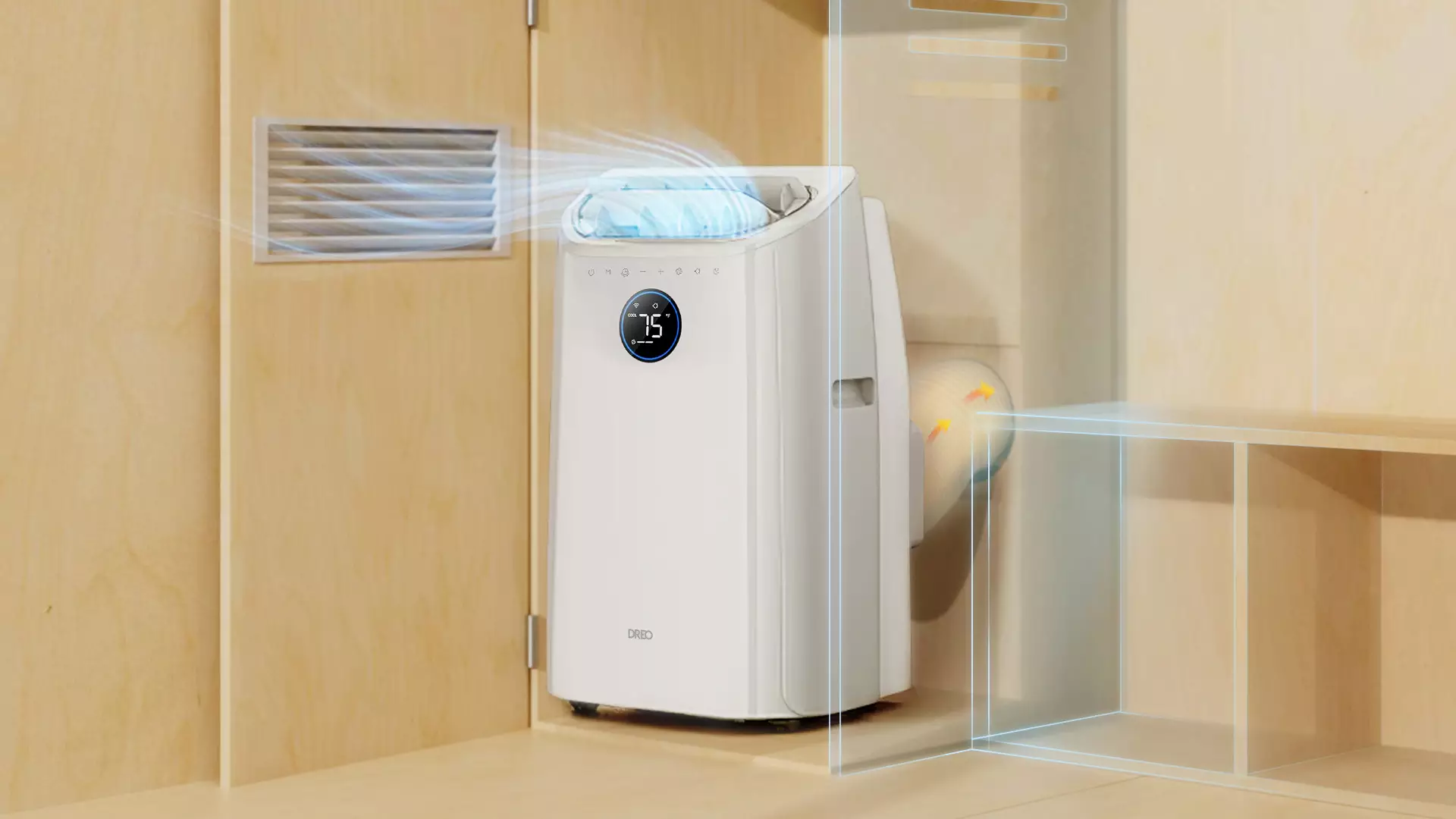
The Ultimate Guide to Solar Fans for Sheds
Smart Products | Feb 19, 2025 1,380 views
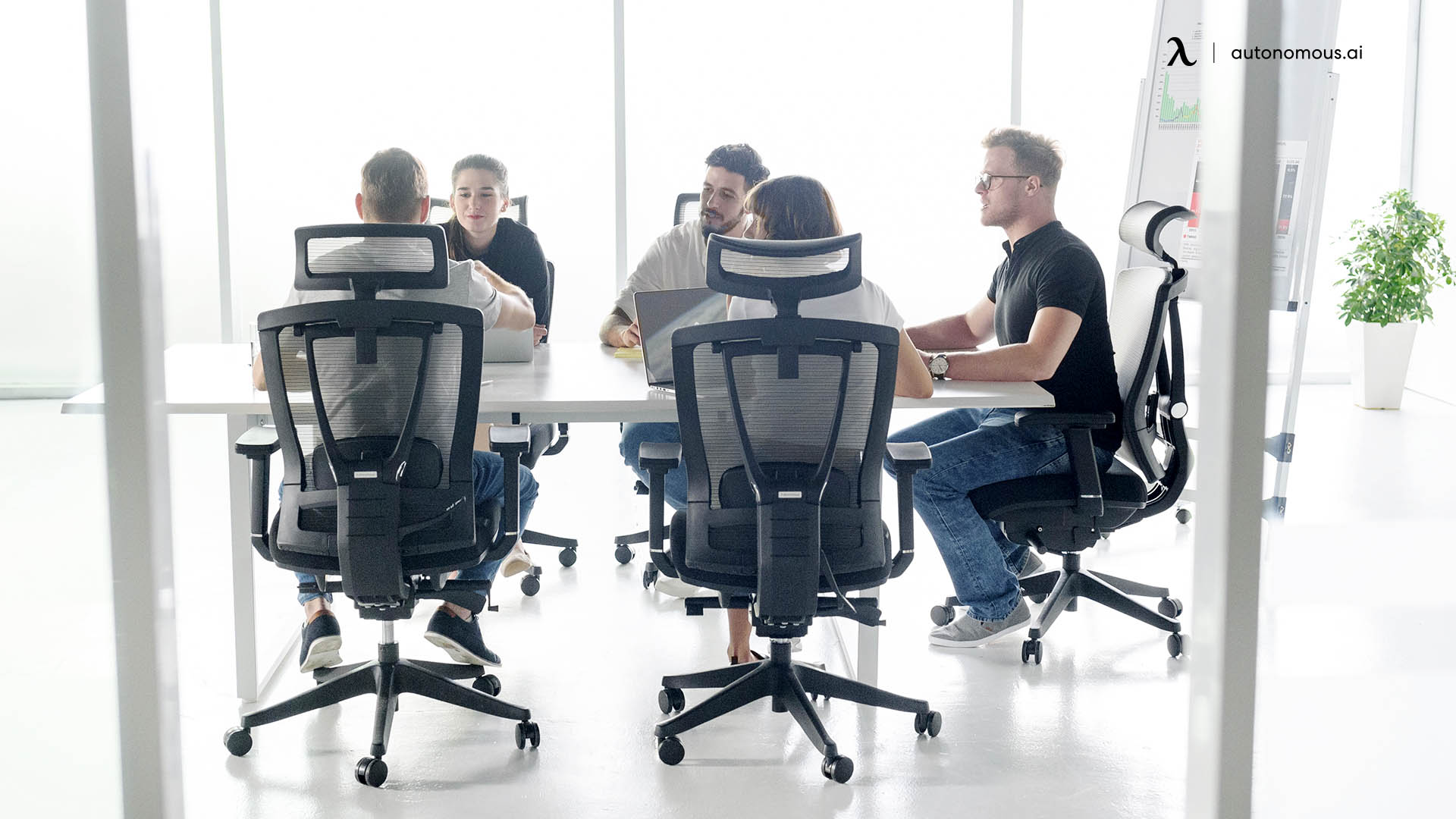
Top 5 Coworking Spaces in Brooklyn & How to Build Your Own Workspace
Remote Working | Feb 19, 2025 1,558 views
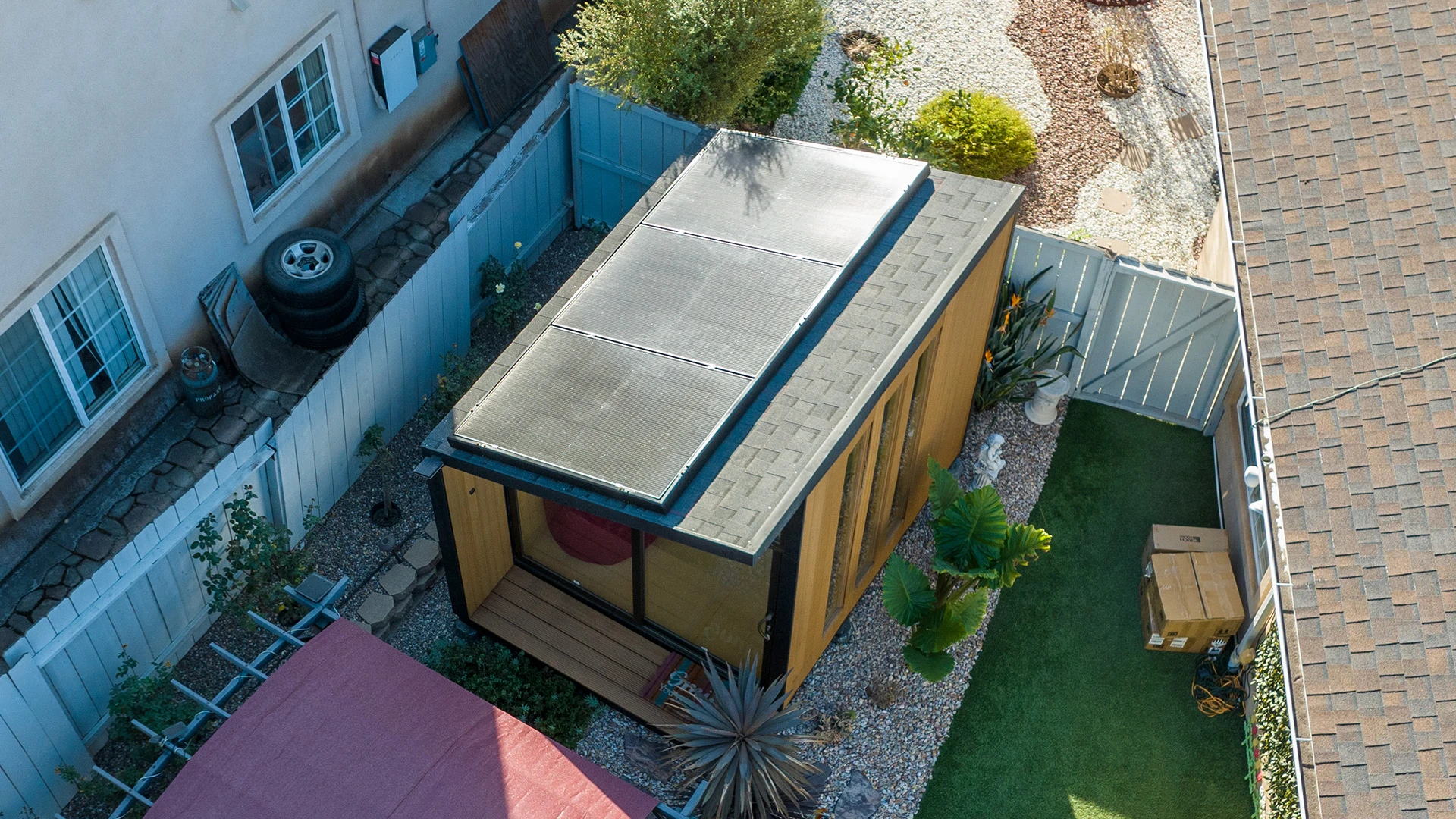
Oregon ADU Laws: Requirements, Permits & Size Limits
Workplace Inspiration | Feb 18, 2025 1,255 views
